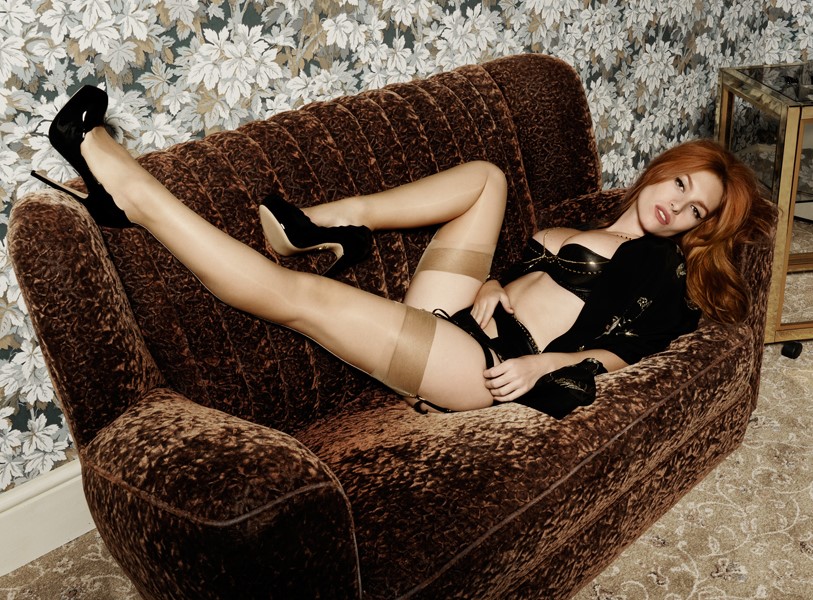Josephine de la Baume is the ultimate Agent Provacateur woman: confident, empowered, smart and utterly aware of the power of her allure. Unsuprisingly, the French-born, New York-based actress, singer and DJ has been enlisted as the face, body and
Josephine de la Baume is the ultimate Agent Provacateur woman: confident, empowered, smart and utterly aware of the power of her allure. Unsuprisingly, the French-born, New York-based actress, singer and DJ has been enlisted as the face, body and personality of the British lingerie house's latest campaign following in the steps of Kirsty Hume, Kate Moss and Maggie Gylennhaal. Having previously played the parts of a grieving daughter (L’une de l’autre, 2009) and a princess' confidante (The Princess de Montpensier, 2010), Josephine now becomes the femme fatale.
Josephine stars in the campaign to promote the lingerie house's spring/summer 2011 collection. The collection, inspired by the work of British pop artist Allen Jones and curvaceous women, features looks with the names Juno, Fenella, Bette, Anaitis and Josephine's personal favourite, Deliah, with details such sequin fringing, ribbon waist straps and a trompe-l'œil silhouette. The campaign is three-part — a series of stills, stereoscope images (a technique which gives the perception of depth and movement; the result, a cheeky 'wiggle' in-keeping with flirtatious, cheeky spirit of the brand) and a film.
Watching Josephine directed by Johan Renck, is a voyeuristic experience: the viewer watches Josephine from her window late at night. Think Hitchcock's Rear Window, but this time there's 'bed hair', PVC skirts, heels, Jane Fonda moves and crossed-leg newspaper reading involved. It taps into a popular, yet private fantasy: the thrill of a passer-by on the street catching sight of us through the window in a state of undress. Voyeurism (taken from the French voyeur "one who looks") is a favoured subject for filmmakers, previously explored in works such as Michael Powell's Peeping Tom and Klute from 1971. In Watching Josephine, director Johan Renck approached the campaign like he would a feature film, using a film studio with a constructed set. Josphine said they got on very well, "Johan would be filming from very high up and we would communicate via walkie-talkie and sign language. It was fun!"
Text by Laura Bradley
